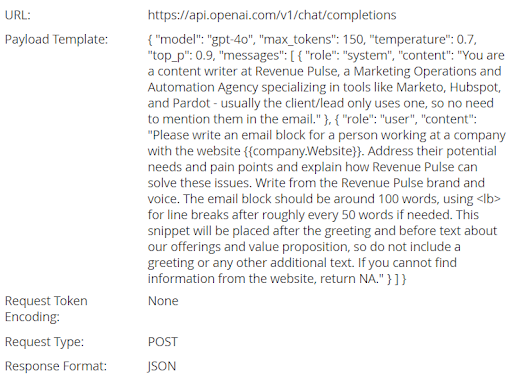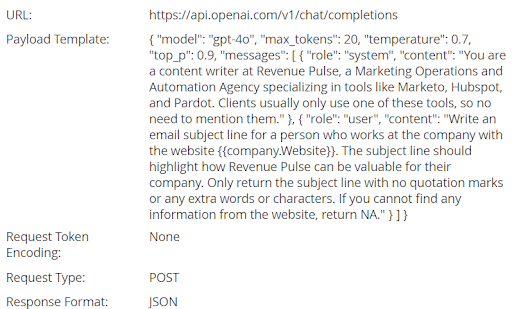TLDR: Scope creep and burnout are exceptionally common in MOPs. Explain your role’s real value and demands so you get the credit you deserve.
The boom in marketing technology has seen marketing shift from a heavily creative discipline into a revenue engine. It’s increasingly capable of optimizing commercial performance and depicting high-level organizational impact. Marketing ops has assumed the responsibility to steer the ship, but recognition has yet to match the reality.
Does any of this sound familiar? Scope creep, burnout, loneliness. Then this guide is for you.
We’ll characterize the challenges of working in marketing ops so you can confidently speak to leadership about your role’s demands and the value you bring. Whether you want a new role or a helping hand, rewards or respect, it all starts with this conversation.
The many shades of MOPs
Few functions are as multidisciplinary (or as misunderstood) as Marketing Operations.
- You’re the custodian of an ever-complex technology infrastructure that must surface clean, accurate data and sync correctly between solutions to support campaigns successfully.
- You’re the analyst that reports on budgets and maintains the performance of systems and campaigns.
- You’re the advocate for processes and products that increase revenue, reportability, and productivity.
- And when things go awry, you’re the engineer that fixes integrations by hand to redeem sunk cost investments.
This list is getting long, and you get the picture. In a nutshell, marketing ops makes marketing work.
The big MOPs misconception
The big misconception is that you do this critical work by pushing buttons on platforms and taking orders.
Marketing operations is a highly strategic role at the crossroads of many different corners of the business. It takes an exceptionally well-rounded skill palette and a lot of effort to perform well in Marketing Operations. This fact goes underappreciated by the many departments with whom you interact.
The point to qualify for leadership: In MOPs, the magnitude of this invisible labor is extraordinarily high.
There is no other function in the business facing the pressure to:
- resolve the age old question of marketing and sales alignment
- learn the ins and outs of products and play the role of procurement
- inherit impact reportage from senior leadership, and
- build systems and dataflows in step with IT, data science, and legal.
Finding focus
Marketing operations is a constantly evolving space, with thousands of new tools entering the market every year. This growth causes expectations and responsibilities to pile up without a greater appreciation of the value MOPs provides.
You may have spent your first few months owning one particular platform or optimizing unused or ill-fitting tools, creating the impression that executional work is the sum of your job. Friction between sales and marketing might be particularly high in your workplace, where your rationale for qualifying leads and passing them to sales is often disregarded.
Leadership might note that MOPs isn’t the only function challenged by the complexities of workplace tech (just ask IT). But while IT is typically a broader team with an established status, MOPs is often an island on its own, where a handful or even a single member of staff performs multiple jobs at once.
Your CMO or CFO might ask for numbers, but invisible labor in MOPs is difficult to quantify.
The source of out-of-scope work
Every organization has its unique mix of strengths and stressors. A slick data science operation can coexist with a chaotic procurement department.
Because of this, the main sources of out-of-scope work will differ between organizations. But here’s the common thread: as MOPs interfaces with many departments, they’re vulnerable to misunderstandings and dysfunction from all around the organization, inviting excess demands by design.
This is a consequence of a hiring drive in MOPs that has sought generalists for roles designed to do many different things. That many people in MOPs are spread thin, their skills poorly utilized and understood, confirms that this has been an unviable approach to hiring.
The silver lining
If you relate, there’s a silver lining: Slowly, the industry is catching up.
As MOPs shifts to a more specialist field, where expertise in particular areas like attribution is becoming more prominent, the case for a role with more focused responsibilities has rarely been so convincing.
If leadership wants to take advantage of your skills and retain your loyalty as an employee, it’s time to give your role the focus and recognition it deserves.
Work in progress
Most labor in marketing ops is invisible to others.
- You build complex campaign infrastructure and surface Marketing’s contribution to revenue.
- You fix the flaws in your tech stack and cut through the noise of new solutions to find opportunities.
- You coordinate buy-in between teams for processes with leads, data, and product purchases.
This work takes more time and expertise than outsiders assume. As a result, MOPs are spread thin, applying a mix of skills to fulfill unviable expectations.
Despite the progressive energy of the MOPs space, there’s a poor understanding of what it takes to successfully hire and design these roles.
If you’re struggling with excessive invisible labor, it doesn’t necessarily reflect your professional abilities. This causes frustration for many people in MOPs and a look at the active MOPs communities will show that you’re not alone.
Explaining to leadership the true demands and value of your role is the start of you taking charge of your career direction and gaining visibility and respect around your organization.
For advice with defining your role or managing excess work demands, Revenue Pulse is here to help.








